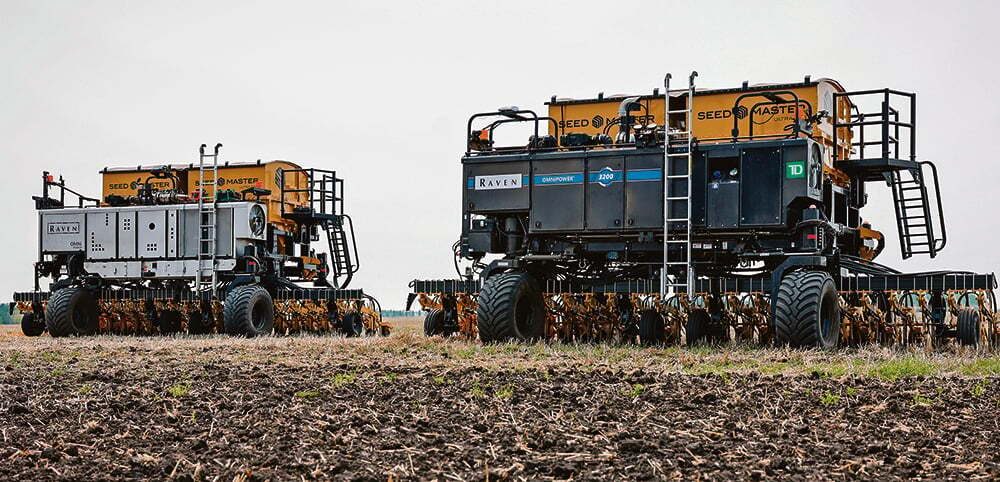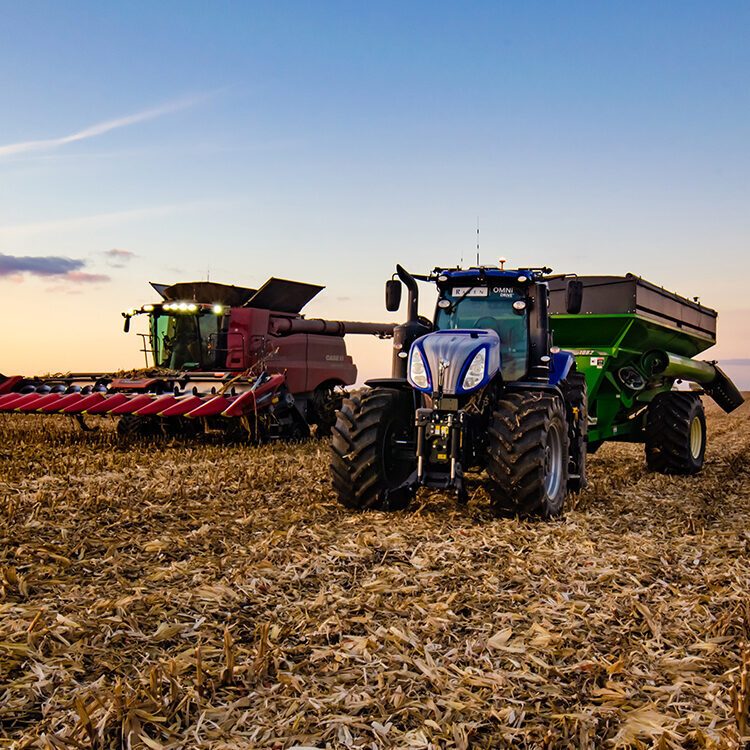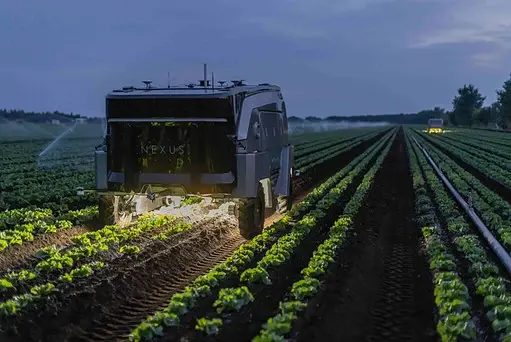Robots are becoming increasingly popular. How many of us have a robot in some form or another? Any machine that automates tasks could be considered a robot.
There is a huge number of robots for agriculture already. Many people are designing a variety of robots for all usage types. The different designs go from weed pickers to grain diggers, with anything in between. There are robots for orchards, greenhouses, and gardens. The options are almost endless.
The Raven Omnipower Platform is a U-shaped vehicle designed to switch between implements. It can spray, seed, and dry spread. It takes about an hour to switch from one function to another. Currently, Raven is not producing the Omnipower Platform. They have about ten of these vehicles leased or rented that come back to their shop after the season is over. They still consider themselves in the development stage as there is continuous improvement.


The Grain Weevil is a small robot that digs around in grain bins. It measures approximately 20” by 20” and weighs 50 lbs. A twenty-minute charge of the battery can last from 90 mins to 2 hours of use. It will dislodge stuck and bridging grain, and stir up and level the grain for aeration. It works about as fast as a person can with a shovel. There is also no need for farmers to go into bins and worry about dust or falling through grain. As of earlier this fall, the owners and developers were not producing the robot yet. They were looking to pass safety certifications before putting it on the market.


Several companies are upgrading standard tractors, such as front-wheel assist models. They are adding software to make them autonomous. The main focus has been to create a tractor that can manage turns while seeding or working in the fields. This way, the farmer only needs to focus when making rounds or moving to the next field. I have already seen several farmers in the area using this technology.


Another robot, used in vegetable farming more than grain farming, is the Nexus robot. The Nexus robot picks weeds with several arms dangling underneath the machine. It uses cameras that recognize the difference between crops and weeds and plucks the weeds up. It can run for 24 hours a day for four days unsupervised by the farmer.


Many robots are already in production worldwide. But even more are in the development stage. It may not be long before many of these robots in development reach production. What might farms be like in the next 10 years?
Scott being the GM here, and the community we live in, has intensified Aspen Lane’s interest in robotics on to the farm. Nic has even started developing his first prototype of a robot that will take his mundane walks through the chicken barn for him!! More on this topic to follow!
